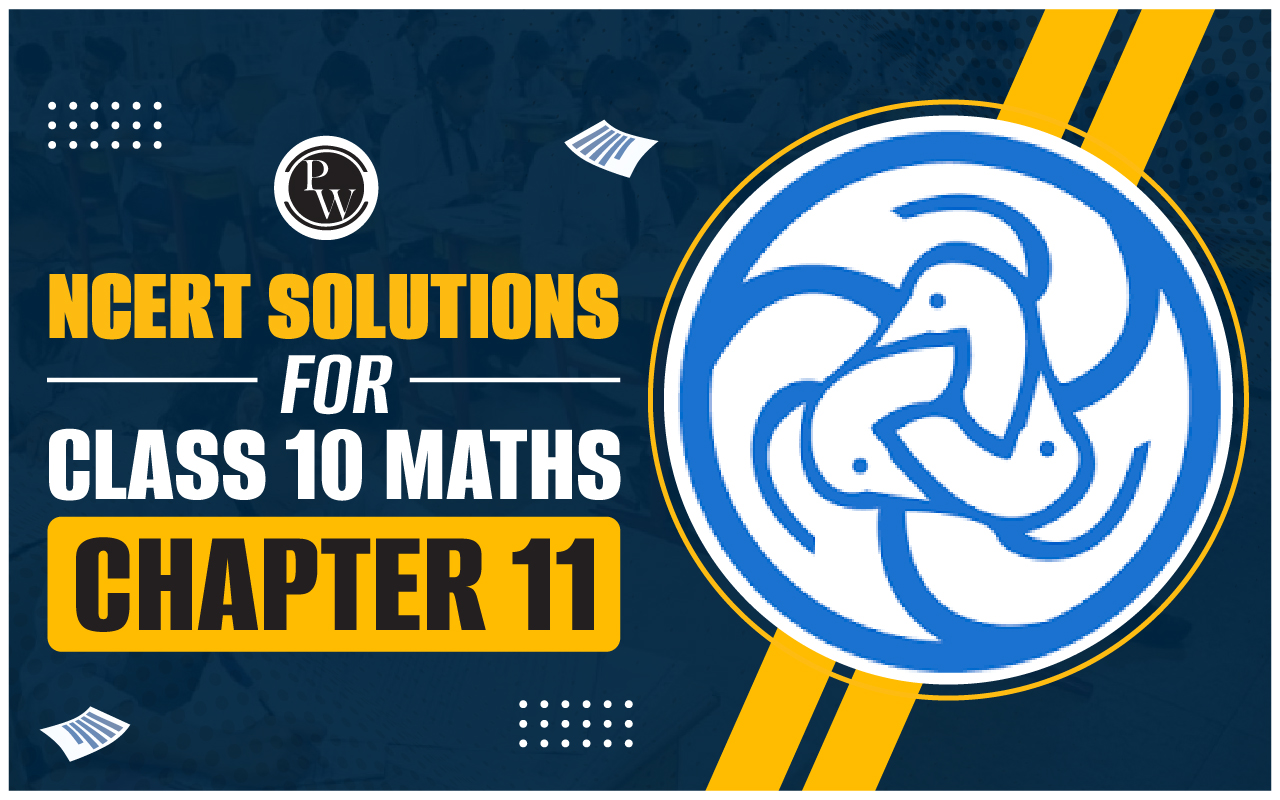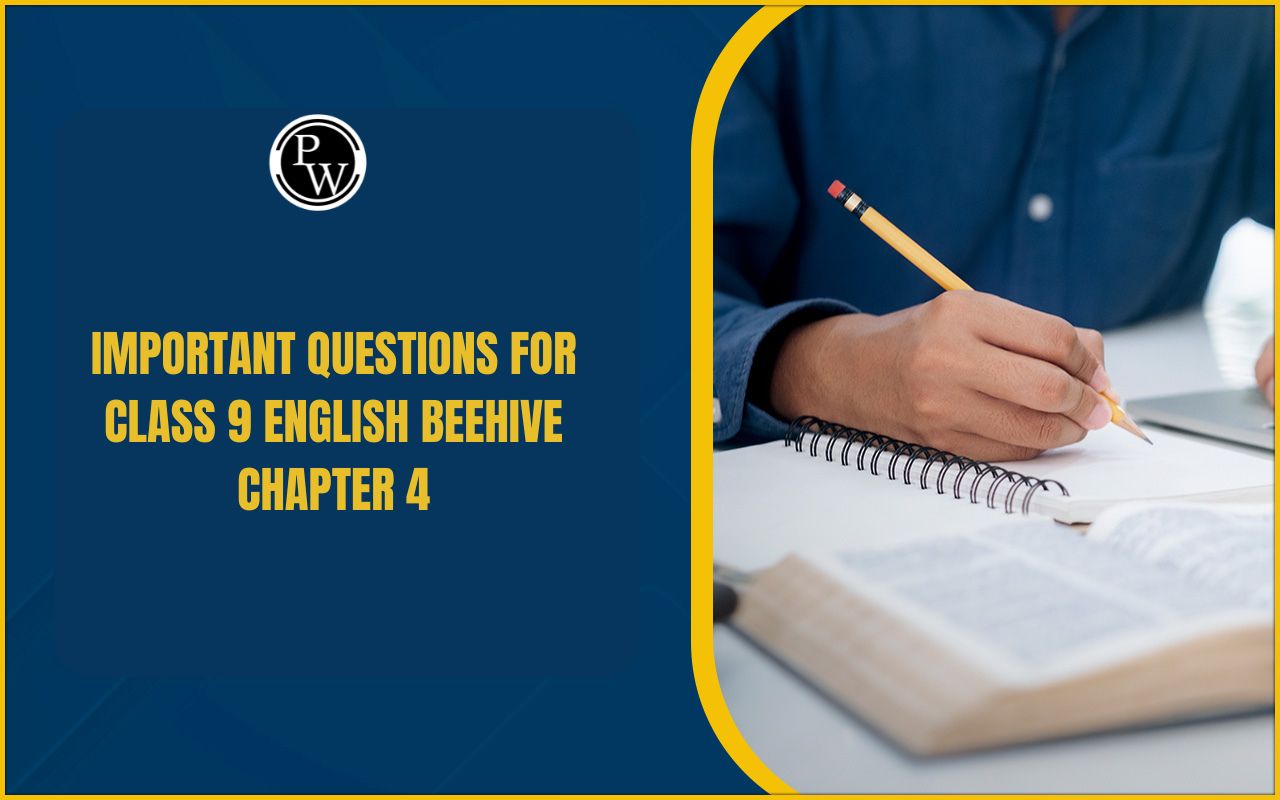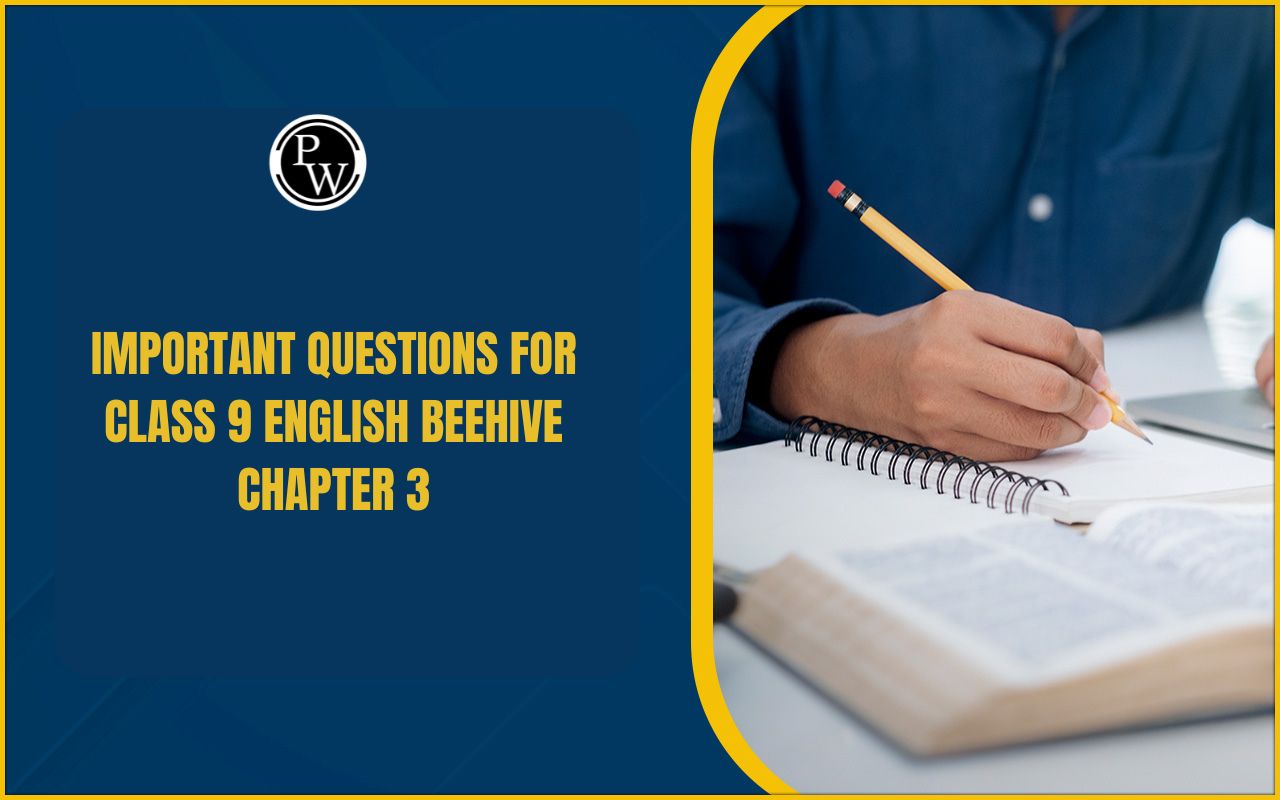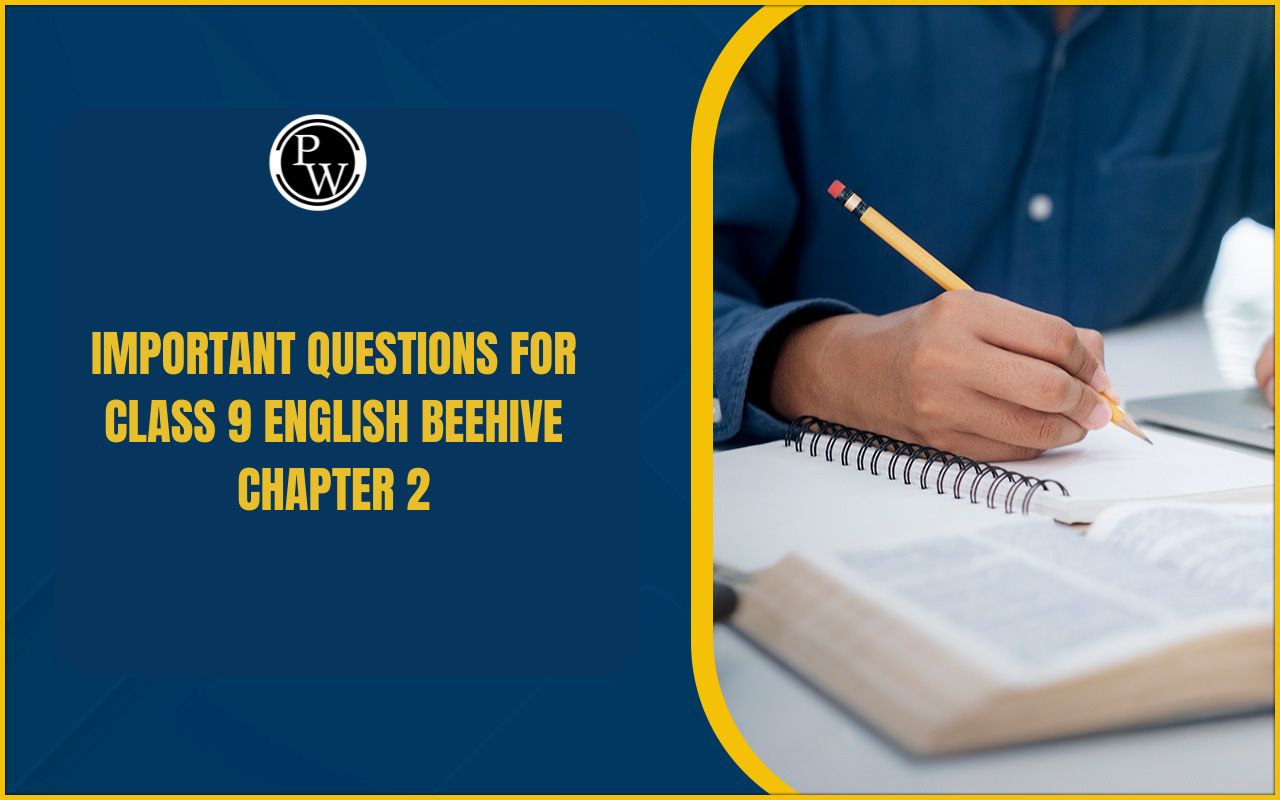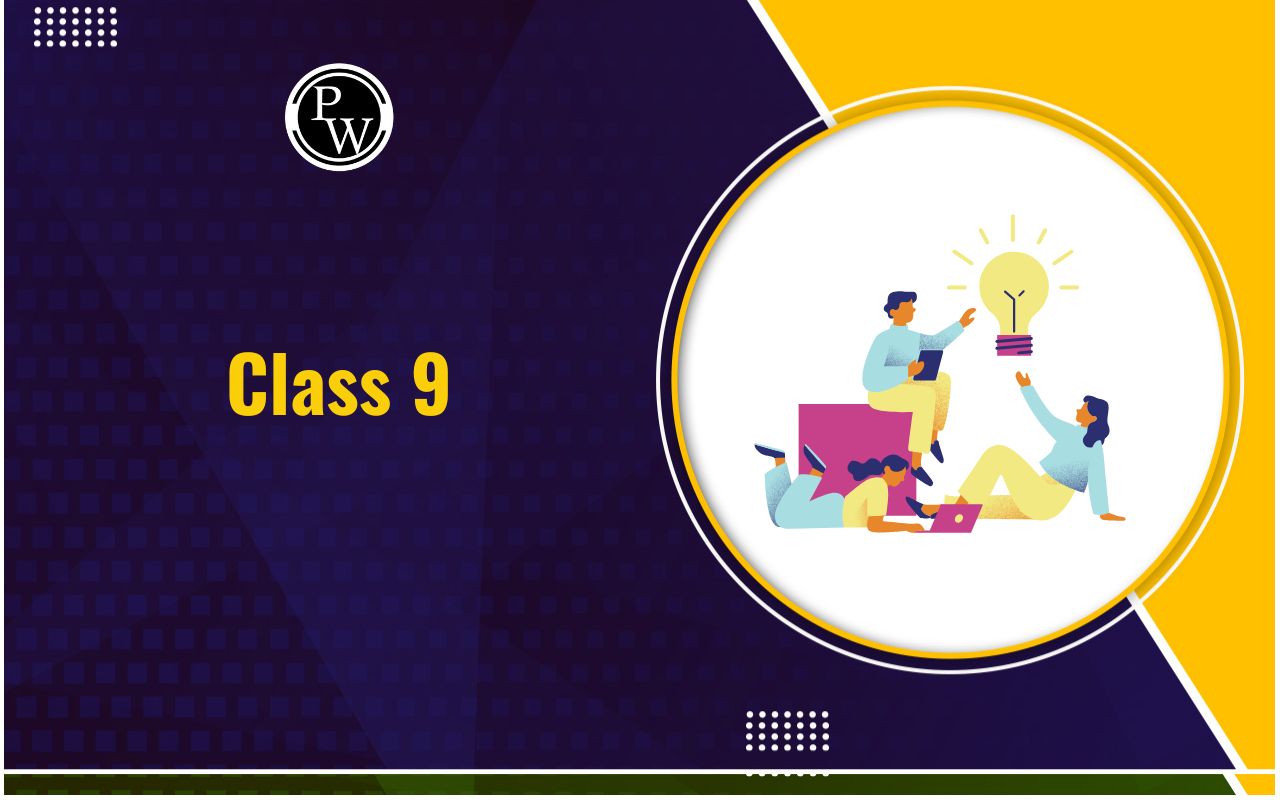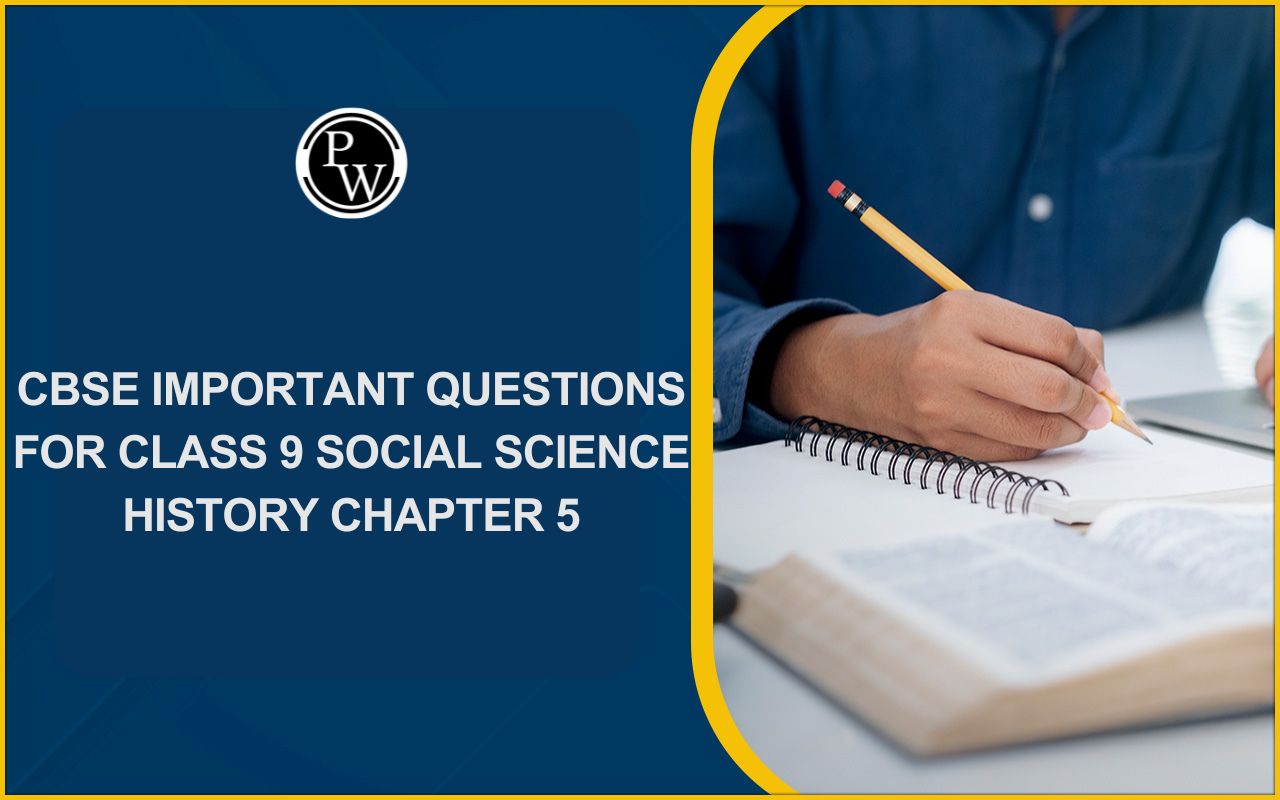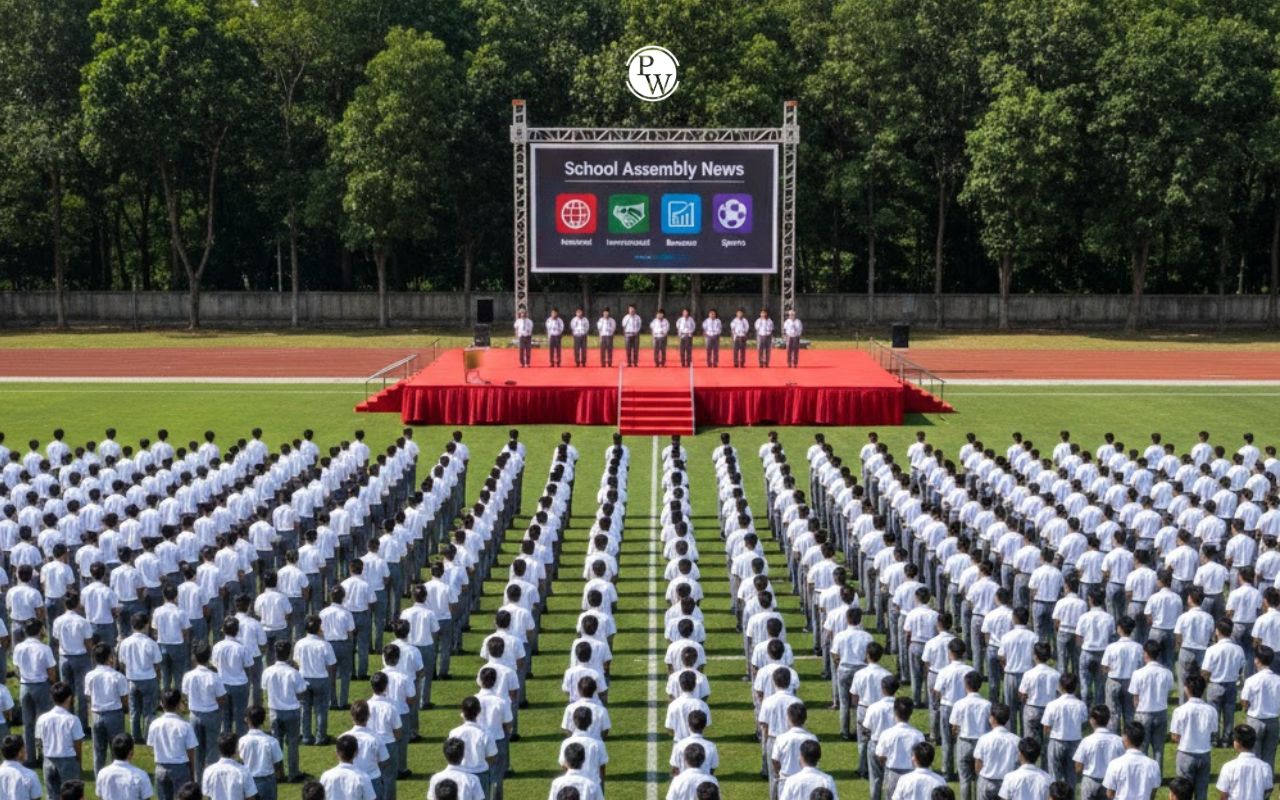

Wavelength to Frequency Formula: Wavelength and frequency are fundamental concepts in the world of waves and oscillations. Whether you're dealing with light, sound, radio waves, or any other type of wave, knowing how these two properties relate to each other is essential. In this article, we will explore the Wavelength to Frequency Formula, a mathematical representation that connects these two critical wave characteristics.
Understanding Wavelength to Frequency Formula
Wavelength is the physical distance between two consecutive points in a wave that are in phase, while frequency represents the number of wave cycles that pass a given point in one second. These concepts are at the heart of wave physics. Wavelength is typically denoted by the Greek letter λ (lambda), and frequency by the letter f. In the electromagnetic spectrum, wavelength and frequency are inversely related, meaning that as the wavelength increases, the frequency decreases, and vice versa. This relationship has significant implications for various applications, such as radio communication, optics, and more.
Wavelength to Frequency Formula
f = c/λ
Where:
f is the frequency,
c is the speed of the wave (e.g., the speed of light for electromagnetic waves),
λ is the wavelength.
This simple yet powerful equation forms the basis for understanding how the properties of waves are interconnected. Here, c represents the speed of the wave, which varies depending on the medium the wave is traveling through. For example, in a vacuum, the speed of light (c) is approximately 299,792,458 meters per second.
Also Check – Heat Input Formula
The Relationship Between Wavelength to Frequency Formula
Wavelength and frequency share an inverse relationship. This means that when the wavelength of a wave increases, its frequency decreases, and vice versa. To understand this relationship, consider a wave as a series of crests and troughs. If these crests and troughs are spread over a greater distance, the wave has a longer wavelength. Conversely, if they are closer together, the wave has a shorter wavelength. Frequency, on the other hand, is a measure of how many of these wave cycles pass a given point in one second. The relationship is mathematically expressed as (Wavelength to Frequency Formula):
Also Check – Horsepower Formula
Solved Examples of Wavelength to Frequency Formula
Example 1: Imagine you have a light wave with a wavelength of 500 nanometers (nm). Calculate its frequency.
Solution:
Using the formula f = c / λ, where c is the speed of light (approximately 299,792,458 meters per second):
f = 299,792,458 m/s / 500 x 10^-9 m = 599,584,916,000 Hz
The frequency of a light wave with a 500 nm wavelength is approximately 599.6 terahertz (THz).
Example 2: Let's consider a sound wave in air with a wavelength of 1.5 meters. Calculate its frequency.
Solution:
Using the formula f = c / λ, where c represents the speed of sound in air (about 343 meters per second):
f = 343 m/s / 1.5 m = 228.67 Hz
The frequency of this sound wave in air with a 1.5-meter wavelength is approximately 228.67 Hertz.
Example 3: Imagine you have a radio wave with a wavelength of 2 meters. Calculate its frequency.
Solution:
Using the formula f = c / λ, where c is the speed of light for radio waves (approximately 299,792,458 meters per second):
f = 299,792,458 m/s / 2 m = 149,896,229 Hz
The frequency of this radio wave with a 2-meter wavelength is approximately 149.9 kilohertz (kHz).
Also Check- Rotational Inertia Formula
Example 4: Suppose you are dealing with an ultrasound wave in water with a wavelength of 0.005 meters. Calculate its frequency.
Solution:
Using the formula f = c / λ, where c represents the speed of sound in water (approximately 1,480 meters per second):
f = 1,480 m/s / 0.005 m = 296,000 Hz
The frequency of this ultrasound wave in water with a 0.005-meter wavelength is 296,000 Hertz, or 296 kilohertz (kHz).
These examples illustrate how the formula can be used to determine the frequency of different types of waves.
Wavelength to Frequency Formula FAQs
Q1. Why are wavelength and frequency important in wave physics?
Q2. Can the Wavelength to Frequency Formula be applied to all types of waves?
Q3. How does the speed of light affect the Wavelength to Frequency Formula?
Q4. Are there any variations of the Wavelength to Frequency Formula for different wave types?
Q5. How can I measure wavelength and frequency in practice?




